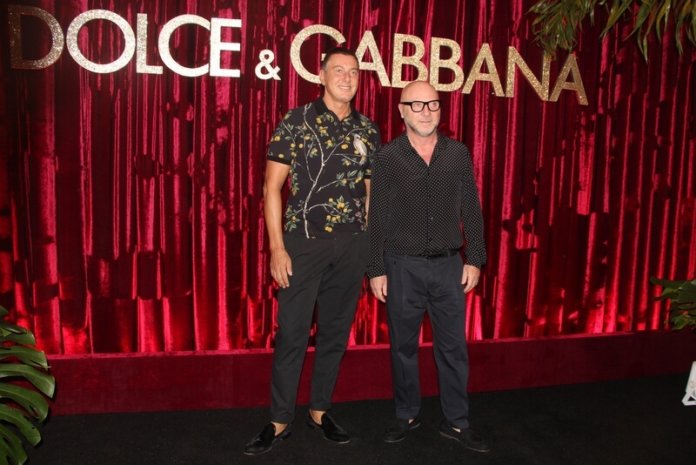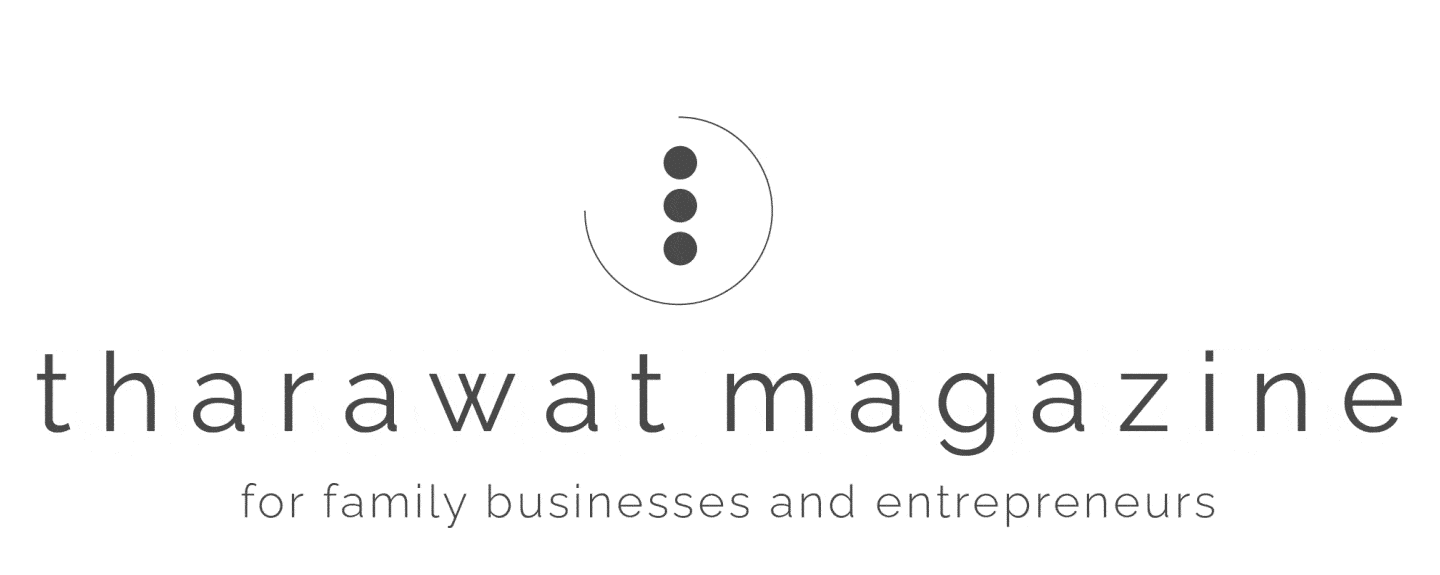
They say that “You can take the boy out of Sicily but you can’t take Sicily out of the boy.” For Stefano Gabbana and Domenico Dolce, founders of the classic Italian fashion brand Dolce & Gabbana, this couldn’t be truer; even though Milan is where they built their empire, Sicily, Dolce’s hometown, remains a major influence in everything they do.
“We built our fashion around three fundamental concepts: Sicily, tailoring, and tradition,” Domenico Dolce said in a 2010 interview in The Guardian. “Our dream is to create a style which is timeless, and to create clothes with such a strong personality that whoever sees them can instantly say without a shadow of a doubt: this is a Dolce & Gabbana.”
The Start of a Fashion Icon
Their commitment to superior tailoring was no doubt influenced by Domenico Dolce’s upbringing as the child of a father who was a tailor and a mother who was a fabric seller. In the early 1980’s, Dolce struck up a friendship with Stefano Gabbana in a nightclub that was a common hotspot for the fashion world, and by 1982, the two became business partners and decided to launch their first collection.
After a rocky first couple of years, it was Gabbana who persuaded his partner to go back to the fashion and styles he grew up with in Sicily. According to a 2015 article in the Daily Telegraph, their 1988 collection proved to be a real turning point in their entrepreneurial careers.
“From that collection on, after Gabbana had persuaded Dolce to go back to his Sicilian heritage and for that to be the heart of the brand, Sicilian imagery – the dark haired, strong southern Mediterranean woman, the strong Catholic references, the markets, the corsets that Dolce’s mother wore – has been Dolce & Gabbana’s unique selling point.”
Mediterranean Roots
As the brand began growing in prominence, Dolce and Gabbana found they had their greatest success when they designed their collections with a certain type of woman in mind.
“We are attracted to the idea of a Mediterranean woman,” Gabbana said in an interview with matchesfashion.com. Someone strong, who has a career and at the same time has a family and a great joy for life.”
“We design for a real woman, a mother, a wife,” Dolce added. “It’s not about one specific role; it is more about a particular type of woman. Our DNA is filled with emotion and power, while at the same time observing a clear distinction in style between femininity and masculinity.”
Building the Dolce & Gabbana Empire
From those early days, the two-man operation has grown to a business entity that employs more than 4,500 people and generated 1,055.9 million Euros in revenue in 2015. Interestingly, a large part of that revenue comes from products outside the core fashion designs, thanks to huge inroads in sales of leather goods, footwear, accessories, jewellery, and watches.
The corporate structure is partitioned into three main operating divisions: Production, Distribution, and Licenses. Headquartered in Milan, Dolce and Gabbana has branch offices in headquarters in New York, Tokyo, Hong Kong and Sao Paulo.
Courting Controversy
Of course, great success paved the way for controversy, and the two men created a PR firestorm in 2015 when they denounced gay adoption and referred to children born through IVF ‘synthetic children’. “I am gay, I cannot have a child. I guess you cannot have everything in life,” Dolce said.
The response from around the world was quick and emphatic. Elton John began a #boycottdolceandgabbana Twitter campaign that quickly grew in numbers. For their part, Dolce and Gabanna insist their views are traditional, not intolerant.
“I’m Sicilian and I grew up in a traditional family, made up of a mother, a father and children. I am very well aware of the fact that there are other types of families and they are as legitimate as the one I’ve known. But in my personal experience, family had a different configuration,” Dolce said in a statement.
From their designs to their values, it would appear the Sicilian influence influences just about every aspect of what Dolce and Gabbana do. And while this can lead to the occasional PR headache, it is this adherence to their roots that not only fuels their brand but also ensures that their style and designs will stay true to themselves in the fashion industry for decades to come.









